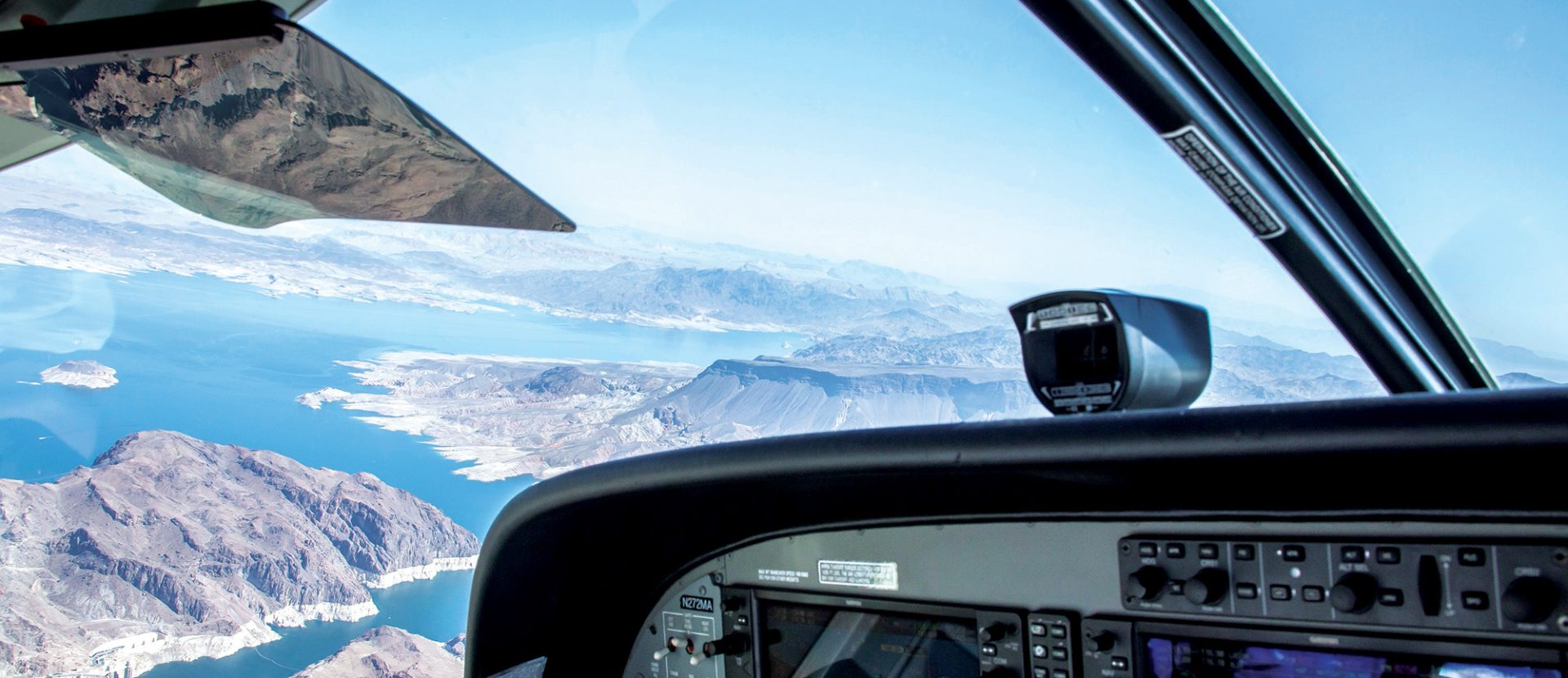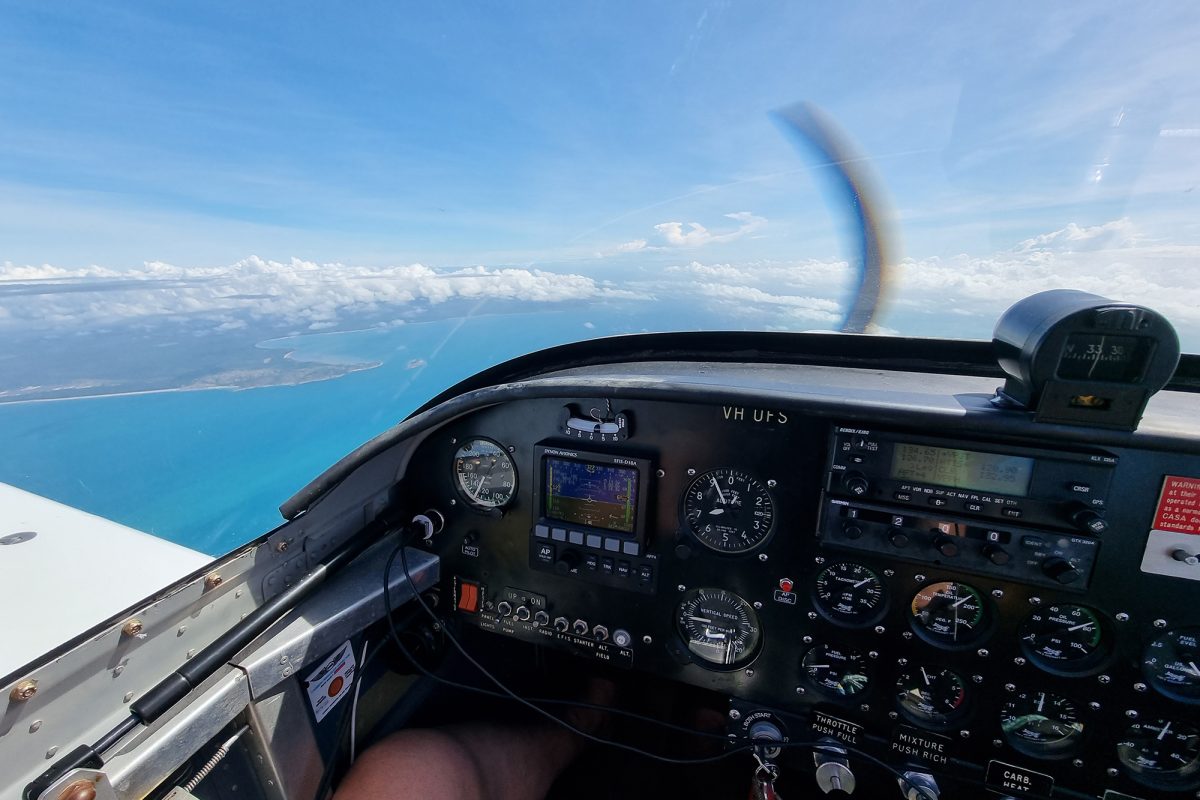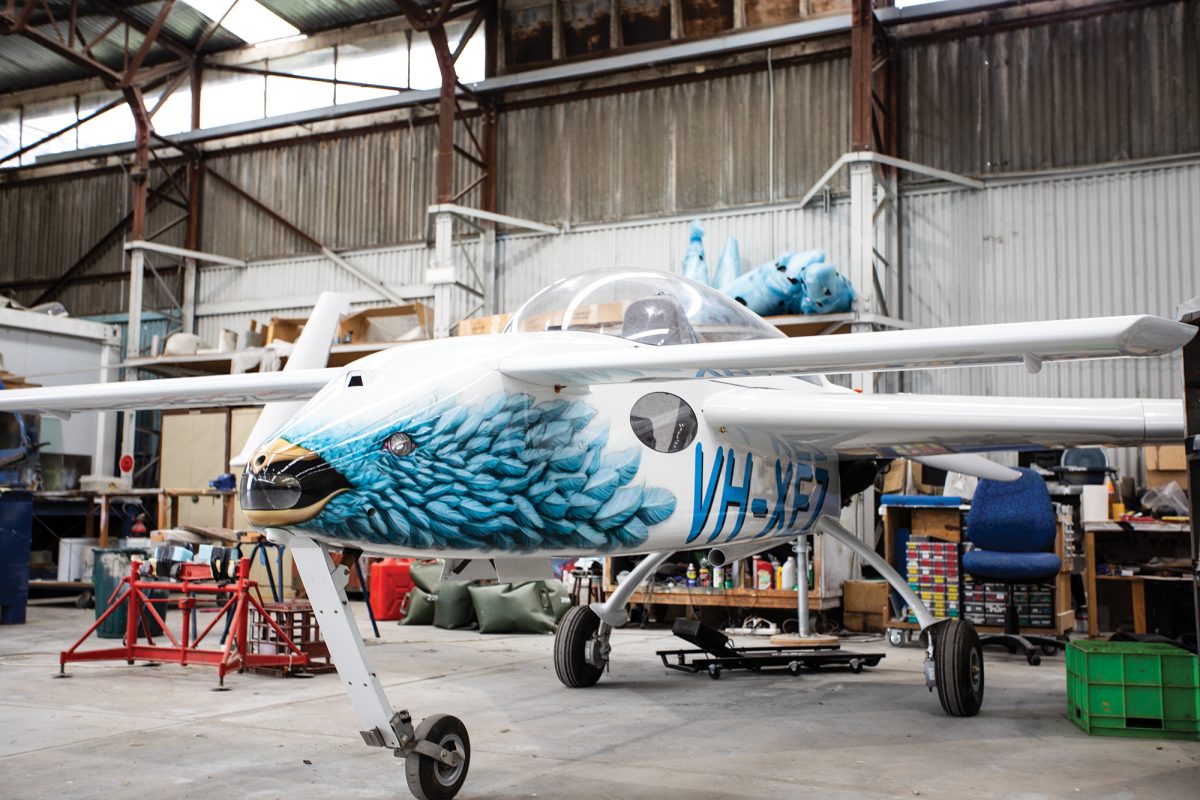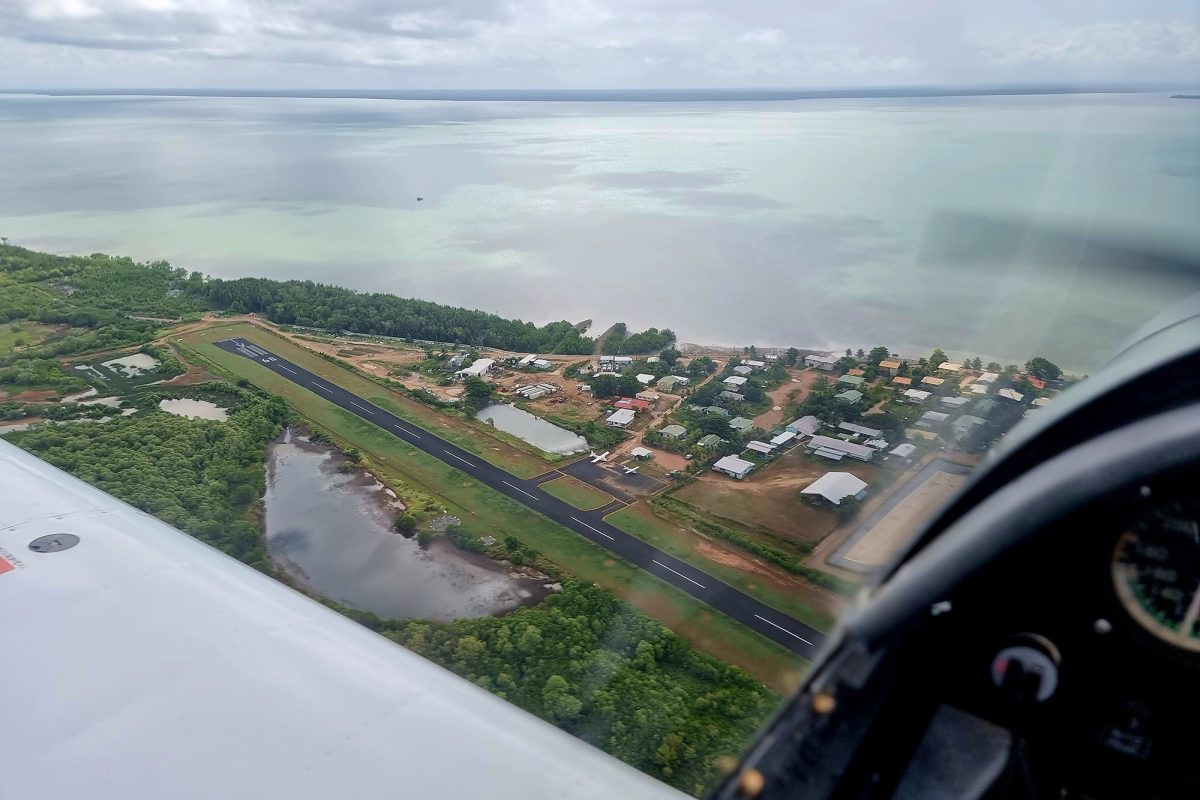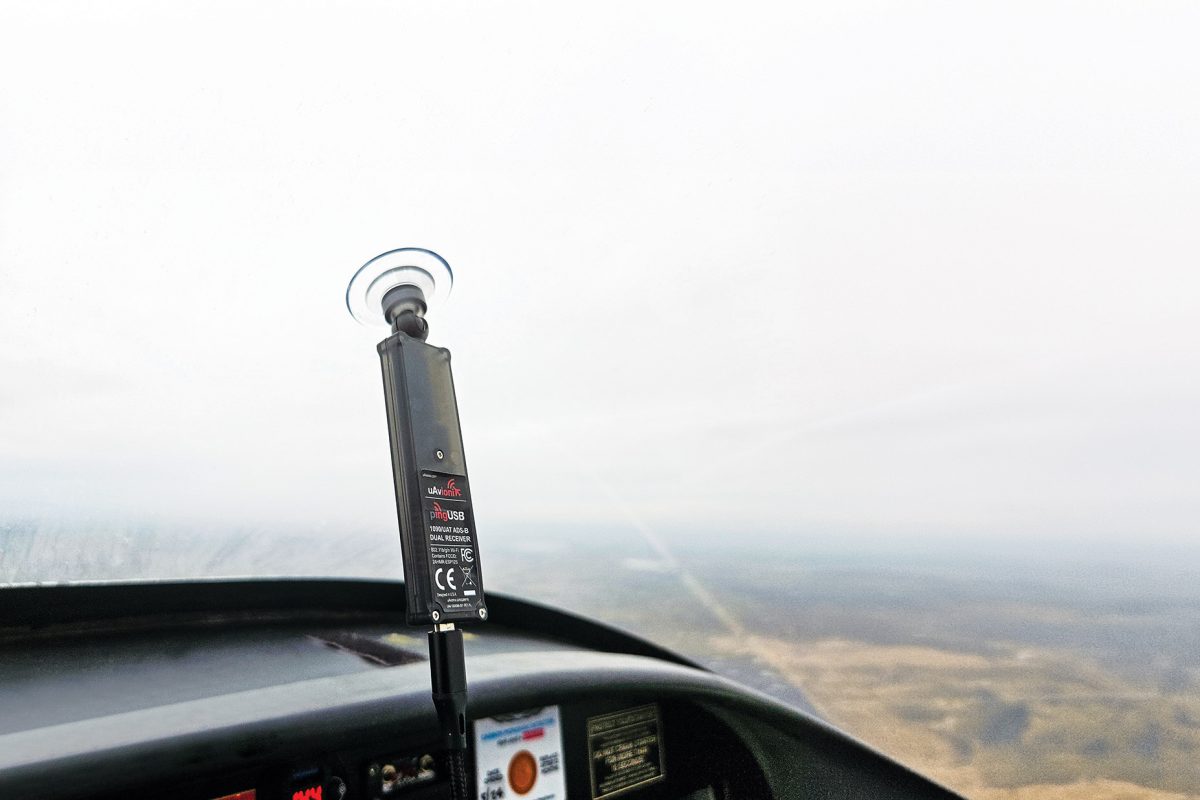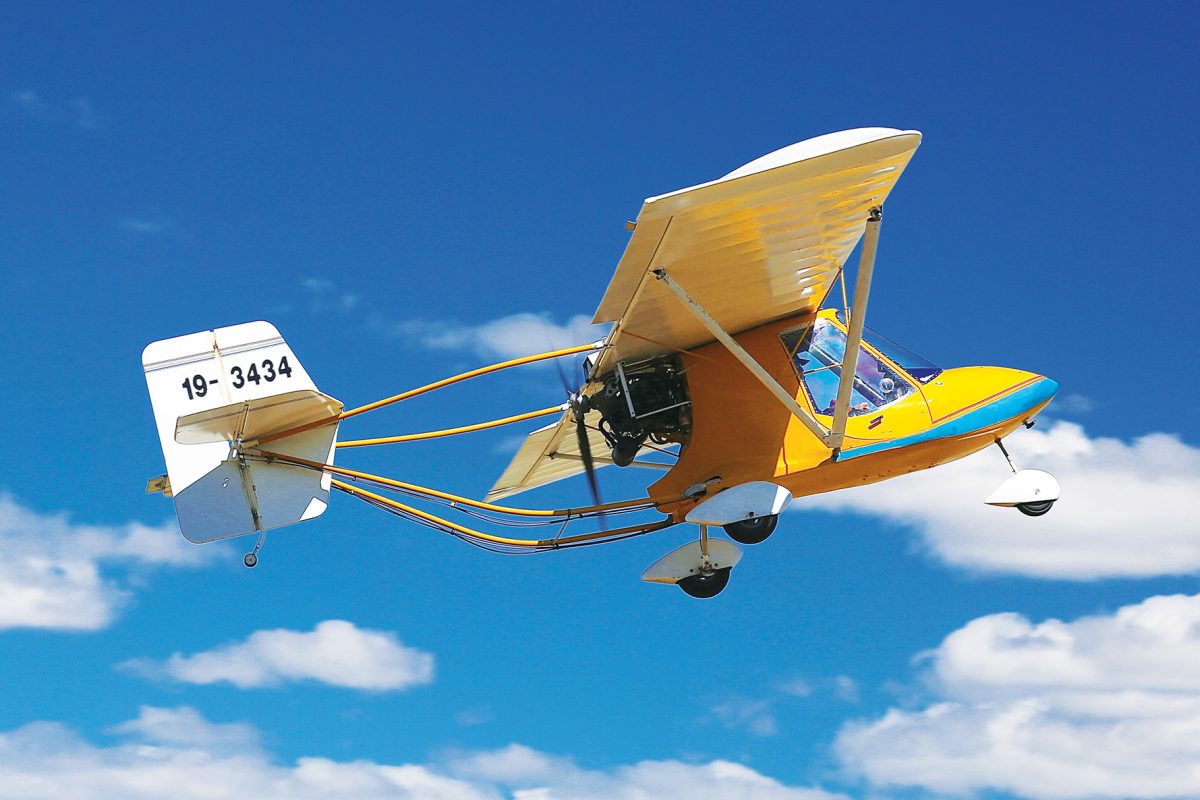As a pilot, instructor and maintainer who also works for RAAus, it could be said I have a unique insight into many areas of aircraft operation.
I understand what pilots are supposed to look at when conducting a daily or pre-flight inspection on an aircraft, what areas an instructor has to focus on when training a student, what sort of issues are routinely reported to RAAus and — as the holder of an L2 maintenance approval — what is routinely seen during the conduct of annual inspections.
Firstly, as a pilot, when I conduct a daily inspection, I have an eye for the extra stress that has been put on my aircraft by previous flight training. My Tecnam P2002 is now 15 years old and was used for flight training at my school before I started working for RAAus. As a result, wear on the undercarriage, tyres, controls and more can be expected during inspection.
As an instructor, I have a different dialogue going in my head, practising the pattern I would use to demonstrate the conduct of a pre-flight to a student. This takes the pre-flight inspection to a higher level, explaining specifically what it is we are looking for, putting this into context for students and explaining why an item is important.
I also have unique insight into reporting trends, so I pay particular attention to these items. These vary from awareness of fuel issues to mud wasp nests and everything in between. These issues vary with the seasons, the type of activity being conducted and the aircraft type.
As a maintainer, I look at my Tecnam with consideration of its age. While 15 years is not really old compared to many of our historic ultralight fleet, it is a factor to consider. Likewise, newer aircraft still wear, and there may be unexpected items which do not perform as expected. New aircraft deserve the same keen eye during an inspection as older aircraft. If the aircraft is used for flight training, students and pilots can operate the aircraft differently and this can result in unusual failures, wear or issues.
So, what has my Tecnam told me during recent daily and pre-flight inspections?
Over the years, there has occasionally been an odour of fuel in the cockpit, but as I often refuel before each flight, I shrugged this off as residual mogas on my hands. However, while taxiing recently, there was not just a sniff of fuel but a wet patch on the cockpit floor. An investigation revealed the fuel line running through the firewall had sprung a slow leak. It may have been leaking slowly for some time, hence the occasional fuel smell previously, but it was now a real issue. Fortunately, this was an easy fix as there was enough slack in the line to cut a small amount off and refit. It reminded me to check carefully in the cockpit for leaking fuel or fluids.
A couple of flights later, I found a small patch of oil on the ground while walking around the aircraft. I am aware that when oil changes are completed, some oil can leak over the engine mount frame and onto the bottom of the engine cowling. This usually results in a couple of spots of oil on the ground, however this was more than a teaspoonful. I removed the engine cowlings and the cause was soon identified; the line to the oil cooler was weeping around the fitting. I tightened the clamp which stopped the ooze and once the oil was cleaned up, away we went. It’s important to always clean up cowlings, lines and engine areas of excess oil when a leak is identified, to make it easier to spot a leak next time.
Finally, during a daily inspection shortly after, I heard a squeak in the horizontal stabiliser’s bearings. On the P2002, this stabiliser is an all-flying control and uses two bearings which are known to wear, resulting in excess movement. The squeak turned out to be a simple lack of lubrication and was quickly dealt with.
All of these events occurred over a two-month period, an example of how an aircraft talks to us. If we listen to the aircraft, consider its previous state from the flight before, and look for changes in condition, it will often give a warning prior to an issue arising.
In the past, I have identified excess movement in controls, hinges and attachment points, fluid leaks and cracks in airframes, rudder pedals and propellers. These items are obvious to someone not familiar with the aircraft, but when it is your aircraft, it is too easy to simply miss or dismiss these as “normal”.
I’ve decided to take my aircraft to a L2/LAME to look over the aircraft with a fresh set of eyes. Fresh eyes will see those tell-tale indicators and fresh ears may hear or see the aircraft talking more easily than my own. Likewise, you can always ask a fellow pilot to conduct a daily inspection for you. You never know, the aircraft may tell them something that might just save your life.
